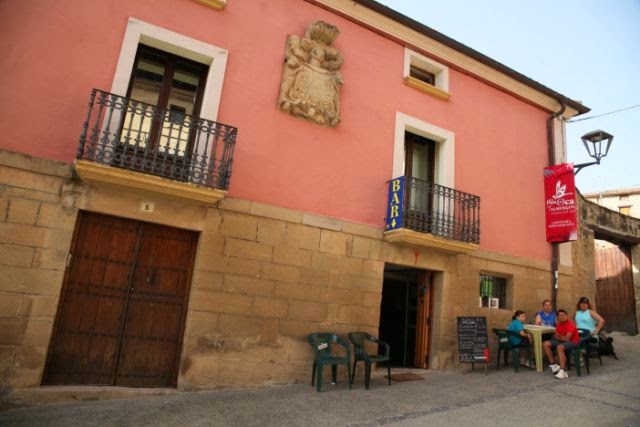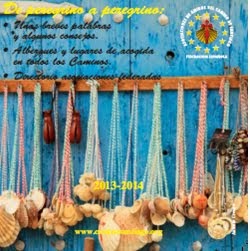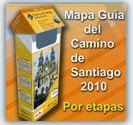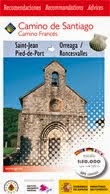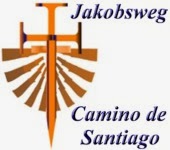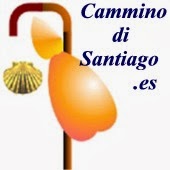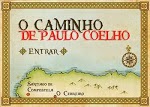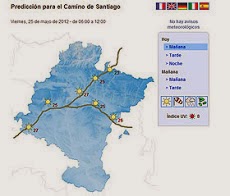Route of Santiago de Compostela
Publicado por Unknown , viernes, 4 de abril de 2014 10:46
Long Description
Pilgrimages were an essential part of western European spiritual and cultural life in the Middle Ages and the routes that they took were equipped with facilities for the spiritual and physical well-being of pilgrims. The Route of St James of Compostela has preserved the most complete material record in the form of ecclesiastical and secular buildings, settlements both large and small, and civil engineering structures. This Route played a fundamental role in facilitating the two-way interchange of cultural developments between the Iberian Peninsula and the rest of Europe during the Middle Ages. There is no comparable Christian pilgrimage route of such extent and continuity anywhere in Europe: the other two pilgrimage routes, to Jerusalem and Rome, are only recognizable in a very fragmentary fashion. In addition to its enormous historical and spiritual value, it also represents a remarkably complete cross-section of European artistic and architectural evolution over several centuries.
The different pilgrimage routes converged on Santiago de Compostela, at the foot of the Apostle's tomb, and were lined with works of art and architectural creations. The cultural heritage scattered along the length of these routes is immensely rich. It represents the birth of Romanesque art; then came the Gothic cathedrals and the chains of monasteries.
The tradition whereby the Apostle St James the Great preached the Gospel in Spain dates from the early 7th century. In the Latin Breviary of the Apostles, St Jerome held that apostles were buried where they preached, and so it was assumed that the body of St James had been moved from Jerusalem, where according to the Acts of the Apostles he was martyred on the order of Herod Agrippa, to a final resting place in Spain. It was not until the 9th century that the apostle's tomb was identified at Compostela. The late 8th century saw the consolidation of the Christian kingdom of Galicia and Asturias in northern Spain, with the support of Charlemagne. It was to provide the base for the reconquest of the peninsula from Muslim domination, a process that was not to be completed until 1492. The apostle had been adopted as its patron saint by the Christian kingdom against the menace of Islam, and in the early years of the 9th century, during the reign of Alfonso II, his tomb was 'discovered' in a small shrine by the hermit Pelayo and Todemiro, bishop of the most westerly diocese in the kingdom.
The fame of the tomb of St James quickly spread across western Europe and it became a place of pilgrimage. By the beginning of the 10th century pilgrims were coming to Spain on the French routes from Tours, Limoges, and Le Puy, and facilities for their bodily and spiritual welfare began to be endowed along what gradually became recognized as the formal pilgrimage route, while in Compostela itself a magnificent new basilica was built to house the relics of the Apostle, along with other installations - churches, chapels, hospices and hospitals. The 12th century saw the route achieve its greatest influence, used by thousands of pilgrims from all over Western Europe. In 1139 the first 'guidebook' to the Route appeared, in the form of Book V of the Calixtine Codex (attributed to Pope Calixtus II but most probably the work of the pilgrim Aymeric Picaud), describing its precise alignment from Roncesvalles to Santiago de Compostela and listing the facilities available to pilgrims. These structures, ranging from humble chapels and hospices to magnificent cathedrals, represent every aspect of artistic and architectural evolution from Romanesque to Baroque and beyond, demonstrating the intimate linkages between faith and culture in the Middle Ages.
There are two access routes into Spain from France, entering at Roncesvalles (Valcarlos Pass) and Canfranc (Somport Pass) respectively; they merge west of Pamplona, just before Puente la Reina. It passes through five Comunidades Autónomas and 166 towns and villages, and it includes over 1,800 buildings of historic interest; in many cases the modern road runs parallel to the ancient route. The tradition of pilgrimage to Santiago has not ceased since that time, although its popularity waned in recent centuries. Since it was declared to be the first European Cultural Itinerary by the Council of Europe in 1987, however, it has resumed the spiritual role that it played in the Middle Ages, and every year sees many thousands of pilgrims following it on foot or bicycle.
Source: UNESCO/CLT/WHC




